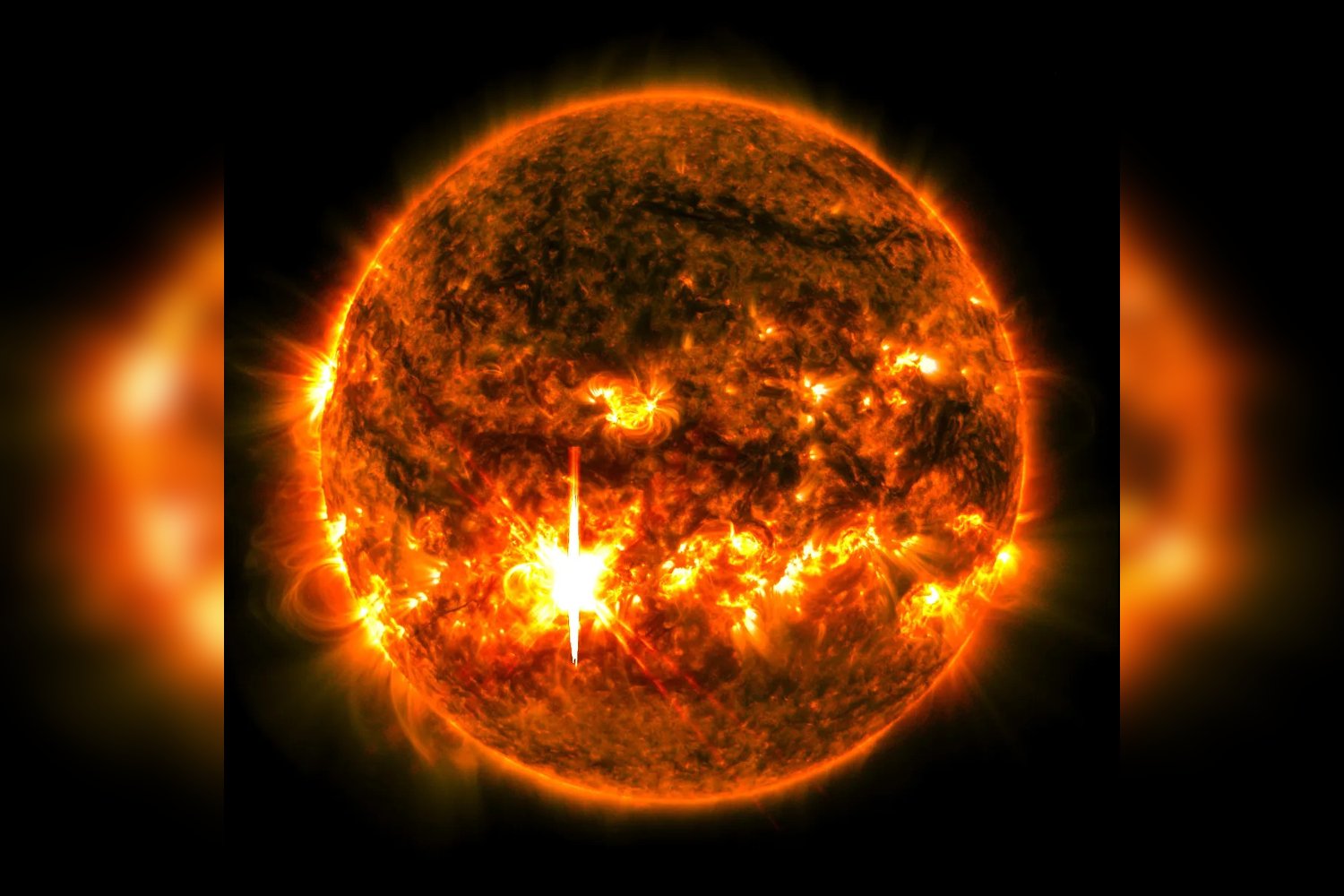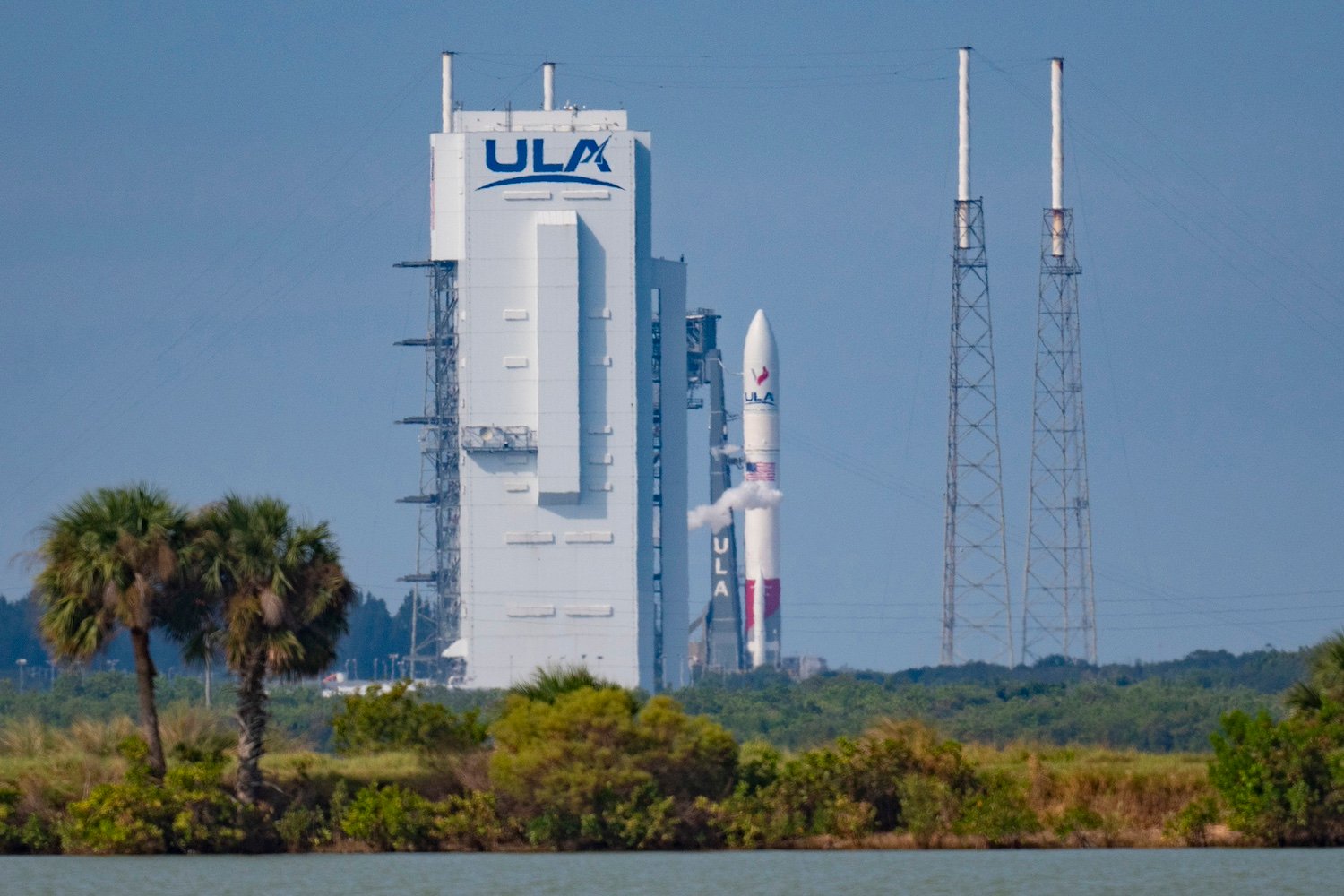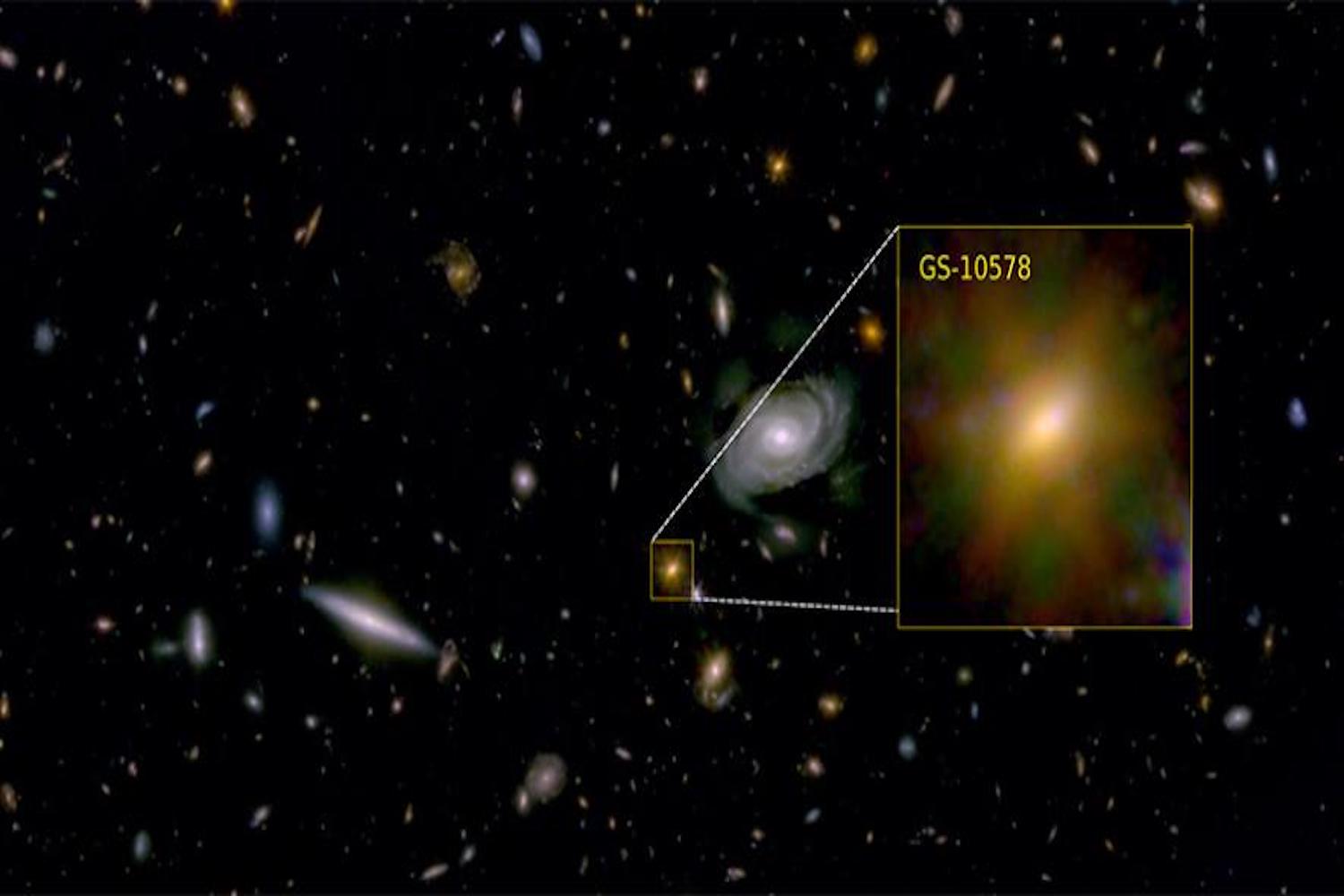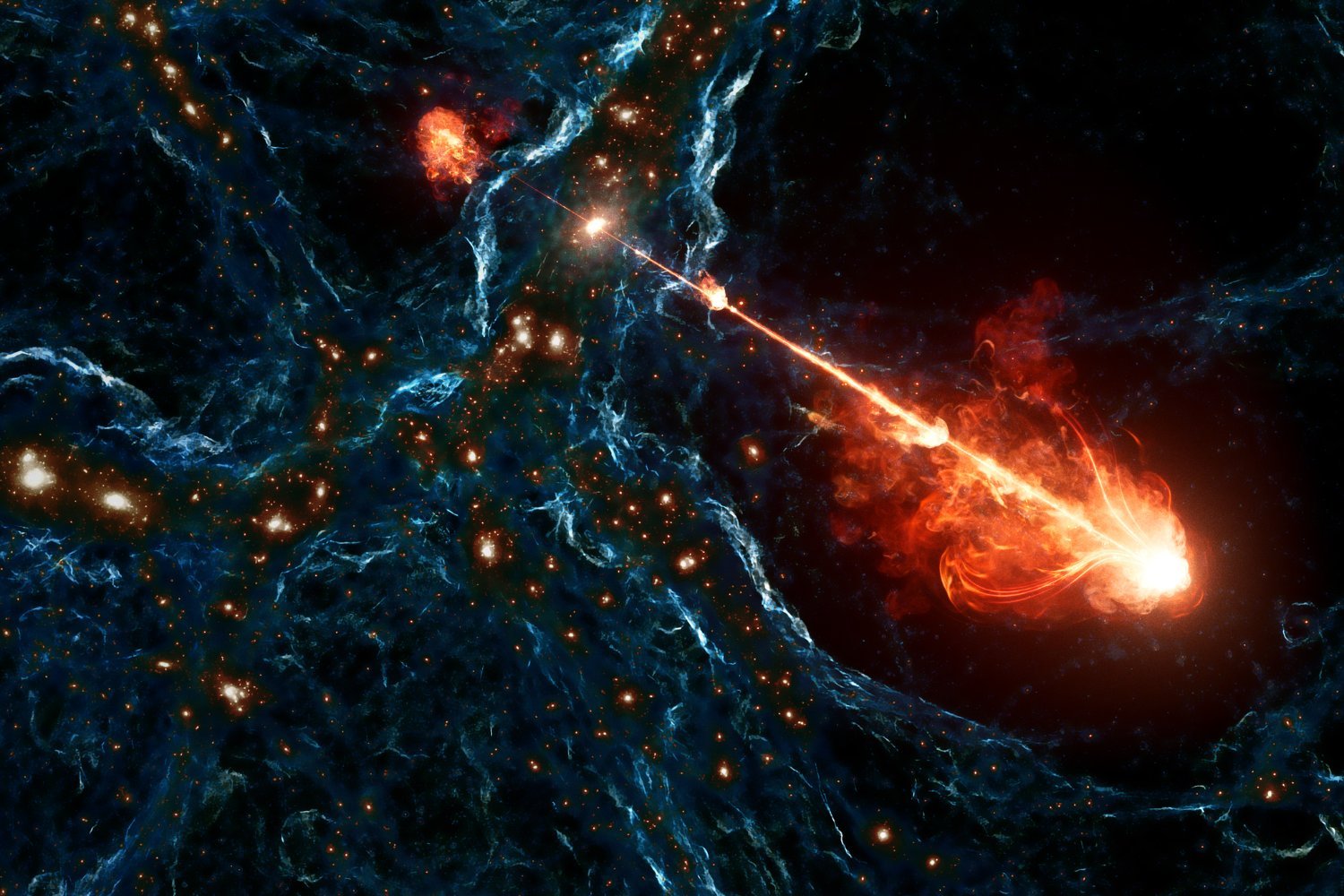A potent X7.1-class solar flare erupted on Tuesday, October 1st, 2024, potentially triggering a geomagnetic storm that could impact Earth between October 3rd and 5th, according to the National Oceanic and Atmospheric Administration (NOAA). While posing minimal risk to humans, this solar event could generate vibrant auroras visible across a wider range of latitudes than usual.
The flare originated from Active Region 3842, a sunspot-rich area known for solar activity. This particular flare is classified as an X-class flare, the most powerful category, and ranks as the second strongest observed in the current solar cycle, which began in 2020. NOAA’s Space Weather Prediction Center forecasts a possible G1 (minor) storm on October 3rd and a potential G3 (strong) storm on October 4th. The intensity of the geomagnetic storm depends on the orientation of the embedded magnetic field within the coronal mass ejection (CME) associated with the flare.
Understanding the Solar Flare and its Impact
Solar flares are intense bursts of energy from the Sun’s surface. These explosions can propel massive amounts of plasma into space, sometimes directed towards Earth. When this solar material interacts with Earth’s atmosphere, it can create geomagnetic storms. The X7.1 classification signifies a powerful flare, with each letter (A, B, C, M, X) representing a tenfold increase in energy output.
Potential Effects on Earth
While geomagnetic storms can disrupt electrical systems like power grids and satellites, NOAA predicts the potential impact of this event to be limited, minor, and largely mitigatable. The more noticeable effect will likely be the enhanced visibility of auroras.
Aurora Borealis Displays Expected
The interaction of the CME with Earth’s magnetic field can produce stunning auroral displays. NOAA predicts these vibrant light shows may be visible across numerous northern U.S. states, extending down to the lower Midwest, and possibly even as far south as Oregon.
Solar Cycle 25 Exceeds Expectations
The Sun’s activity follows an 11-year cycle, with periods of increased and decreased activity. We are currently in Solar Cycle 25, which was initially predicted to be relatively mild. However, it has proven to be more active than anticipated, with several powerful events, including a G4 (severe) geomagnetic storm in May 2024 and an even stronger X8.7 flare shortly after. This recent X7.1 flare is another example of the cycle’s surprising intensity.
The “Impulsive” Nature of the Flare
NOAA described the X7.1 flare as “impulsive,” meaning its intensity rose and fell rapidly. This suggests a more isolated event, at least in the short term. Regardless of long-term predictions, the Sun’s current dynamic behavior promises captivating celestial displays for skywatchers.
Conclusion: Awaiting the Aurora
While the potential geomagnetic storm poses minimal threat to infrastructure, it presents a unique opportunity to witness the beauty of auroras across a wider geographical area. As we await the arrival of the CME, skywatchers are encouraged to be on the lookout for these spectacular natural light shows.










